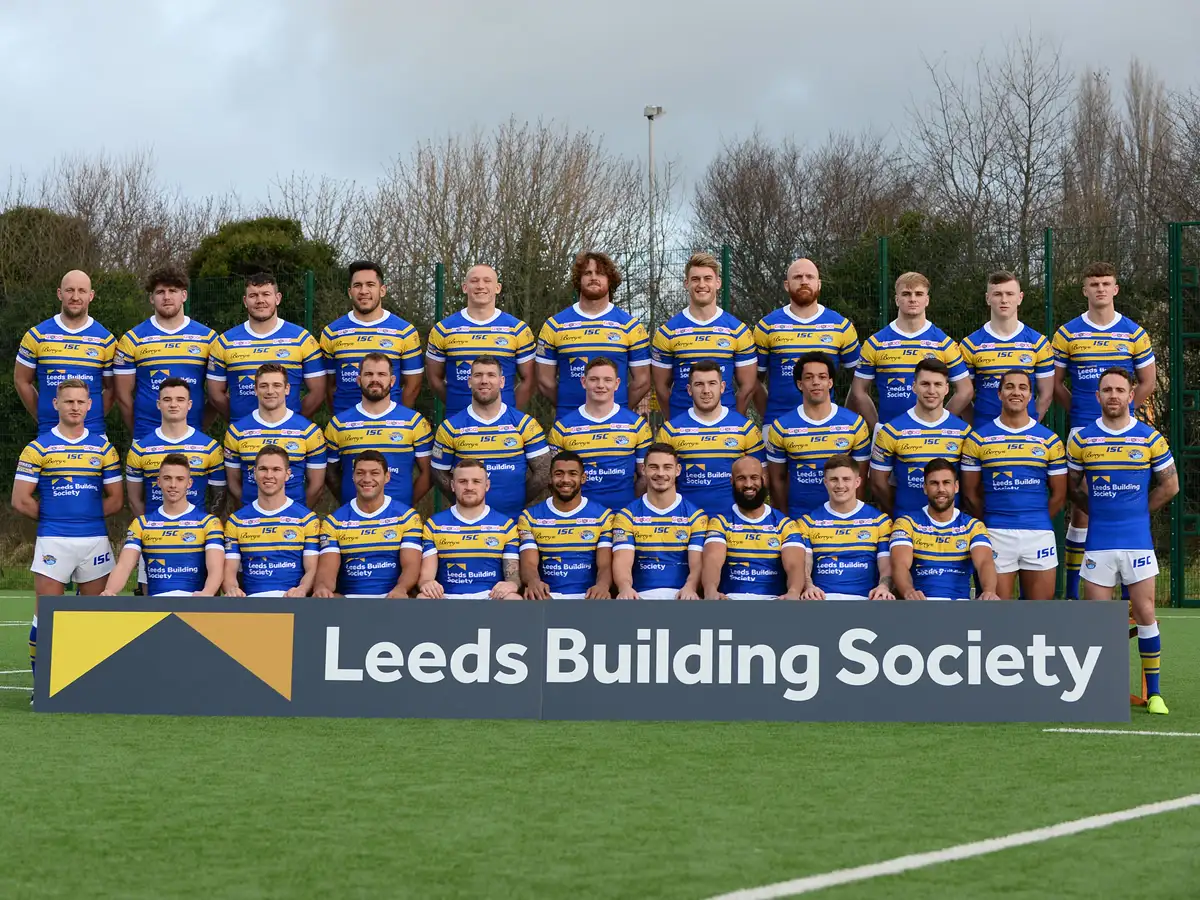Leeds Rhinos & the art of the perennially-successful underdogs

Considering they’re the most successful club of the Super League era, Leeds Rhinos have always preferred being the underdog.
Of their eight Grand Final successes, Leeds only went to Old Trafford as favourites on two occasions: 2004 and 2009. The one other time the bookies decided to side with Leeds ahead of a championship decider came in 2005. Bradford lifted the trophy that night.
The underdog tag has suited Leeds down to the ground. There’s been an element of masochism in the way Danny McGuire, Rob Burrow and co have relished being written off, conquered the unconquerable, then given themselves an even more daunting task. By now the doubters have been made to eat so many words they could regurgitate a dictionary.
Alas, we enter yet another season which Leeds will begin as reigning champions albeit with little expectation they will be lifting the trophy once more when October comes around. At the time of writing Castleford, Wigan and St Helens are all shorter odds, with Hull FC and Warrington available at the same price.
Of course, McGuire and Burrow are no longer Leeds players, but the club is in a far healthier position to avoid the collapse which followed the retirement of Kevin Sinfield, Jamie Peacock and Kylie Leuluai.
Unlike two years ago, when Leeds pre-season schedule had to be essentially improvised following severe flooding at their training ground, the Rhinos have enjoyed a relatively settled preparation with little drama; Brad Singleton having his car stolen aside.
Crucially, Matt Parcell has been retained after a stunning debut season which resulted in no little speculation the hooker would return to the NRL, while new signing Nathaniel Peteru will ensure there is fierce competition for a place in the pack – especially with Keith Galloway to return from injury later in the year.
Richie Myler is an intriguing replacement for McGuire at half-back. Jordan Lilley has shown plenty of promise whenever given the opportunity, but Leeds have opted for the experience of Myler.
It would not be unfair to suggest the 27-year-old has so far failed to live up to his early potential. While Leeds’ success has been built upon players thriving on the biggest stage, Myler has yet to truly perform when it mattered.
In 2010 he was dropped altogether by Tony Smith for the Challenge Cup final. Facing Leeds in the 2012 Grand Final he fell for the oldest trick in the book, caught in backfield arguing with a mischievous Ryan Bailey as Warrington bombed an excellent chance to score due to a lack of numbers in attack. A year later he was part of the Wolves outfit which managed to turn a 16-2 lead into a 30-16 defeat to Wigan at Old Trafford.
After a difficult year at Catalans almost ended in relegation, Myler arrives at Leeds with Brian McDermott tipping the former Salford man to win back his place in the England squad. In an interesting comment to The Yorkshire Post, the Leeds boss said: “The penny will drop for him in a few areas of the game and life in general.”
Leeds’ final major signing of the summer, Brad Dwyer, is an obvious replacement for Burrow’s dynamism as an impact substitute. Dwyer is another player who will pose questions of McDermott, who has often struggled to balance the rotation of hookers – as Burrow himself will no doubt attest.
In a twist of fate, the Rhinos’ first fixture of the season will see Dwyer and Myler face their former club in Warrington.
It seems fitting the campaign should start against the Wolves. Two years ago Leeds’ post-Treble, post-Sinfield life began with a defeat to Warrington which would sum up the whole year.
Leeds were only beaten by two points, but almost everything went wrong: McGuire didn’t even last until half-time in his first game as permanent captain before suffering an injury, the Rhinos were spirited but rudderless, and they were left to rue missed kicks at goal. These would be three recurring themes which defined 2016.
Despite enduring a torrid 2017, Warrington are being tipped to return as a force this season, and there will be possibly even wider intrigue into their performance on Thursday.
Looking at the rest of the contenders, Wigan’s status as second favourites is surprising given they are coming off the back of their own annus horribilis in which they recorded their lowest league finish for eight years and have lost Michael McIlorum and Anthony Gelling. Sean O’Loughlin’s continued injury problems will also be a concern.
Hull FC are admittedly a formidably powerful outfit, while St Helens look dangerous after a strong end to last season under Justin Holbrook (for what it’s worth, they are my tip for the title). Castleford were by far and away the best team in the country last season, but it will be interesting to see the psychological impact of ending the year without a major trophy, especially after such a comprehensive defeat in the Grand Final.
That brings us back nicely to Leeds. After their remarkable success of the last 15 years, the question now facing the Rhinos is ‘what do they have to prove?’
In 2004 they had to deal with 32 years of history and accusations they were chokers. Between 2007 and 2009 they became the only team to ever win three-consecutive Grand Finals. By 2011 and 2012 they were triumphing from fifth. In 2015 they completed a clean sweep. Last year they made a mockery of a team who had inflicted upon them the Blue and Amber’s biggest losing margin in Super League history earlier in the season.
The obvious answer is that Leeds have nothing to prove anymore. But nobody seems to expect the Rhinos to be back among the honours this season, and that’s exactly when they’re at their most dangerous.